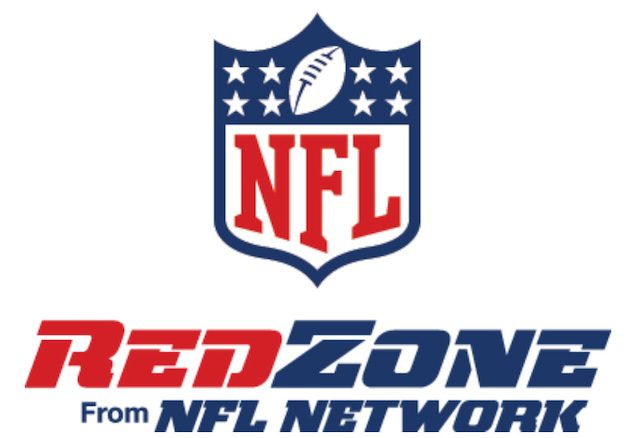Average email volume was up 16.2 in the second quarter of 2011 compared to the first quarter, according to the latest quarterly Email Trends and Benchmark Results report from
Epsilon and the DMA's Email Experience Council.
The average open rate of participants was 22.2%, which was a 4.8% decrease over the first quarter of 2011, but a 0.4% improvement over the same quarter in 2010. Clickthrough rates averaged 5.2%, a small (0.7%) dip from the prior quarter, but in line with the same period last year. Click to conversion rates were up 14.6% over the first quarter and up 6.2% over the second quarter of 2010.
The quarterly analysis is compiled from 7.7 billion emails sent by Epsilon in April, May and June 2011, across multiple industries and approximately 130 participating clients.
Although there was little movement in quarterly results, a surprising observation was that there was the slight decrease in open and click rates when compared to Q1, says Jennifer Wiese, analytic consultant, Aspen Marketing Services, a division of Epsilon. But there was an increase in open rates in four industries: business publishing/media, consumer services, retail and retail specialty.
The most notable finding of the report, says Wiese, is that the average volume per client increased 16.2% in Q2 over Q1. "Although the total volume of emails sent for the first two quarters combined is down over last year, this jump from last quarter shows email continues to be a viable tool," she notes. "We expect this number to continue to increase as we head into the holiday season."
While volume was up for the second quarter of 2011 versus the first, it was down 14.3% compared to the second quarter of 2010. Mobile and social may explain some of the year-over-year decline in email volume, as well as better targeting within email campaigns are contributing factors to the decline in volume.
"Companies are doing a better job of targeting their customers and learning what they respond to," Wiese says. "This allows companies to send less volume while creating a bigger impact."
 Network
Network

